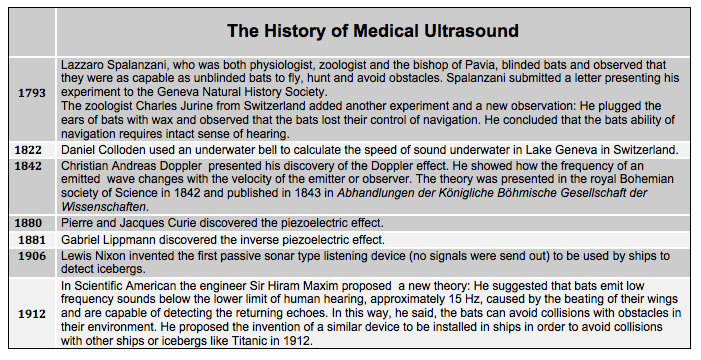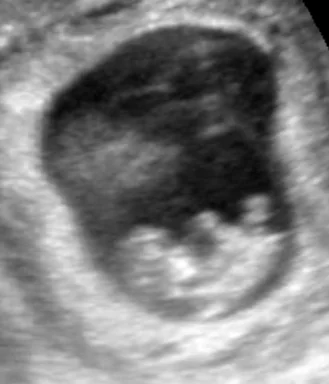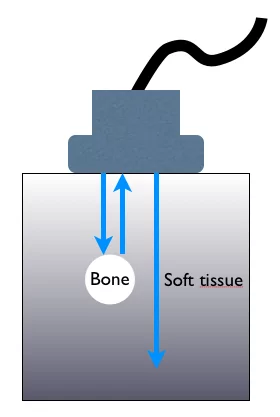Ultrasound is sound
Ultrasound is defined as sound with frequencies above the upper limit of the human hearing range of 20 kHz and up to 10 GHz (1 Gigahertz (GHz) = 1000 Megahertz (MHz) = 1 billion Hz)
Hertz is the number of cycles per second. In other words it is a measure of frequency
The primary clinical application of ultrasound today is as a diagnostic tool and as a means to display anatomical structures, for which frequencies between 1 and 20 MHz are most commonly used











